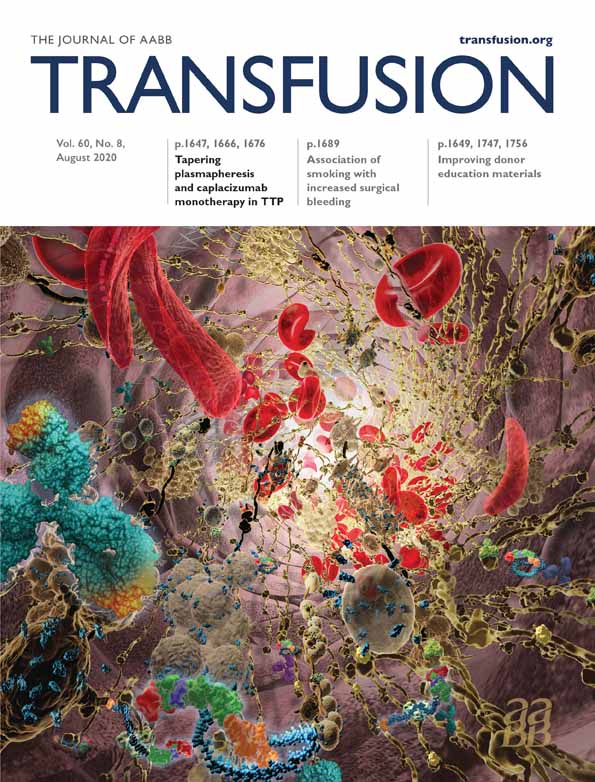The comparative safety of bacterial risk control strategies for platelet components: a simulation study
Abstract
BACKGROUND
Bacterial contamination of platelets is a problem that can lead to harmful septic transfusion reactions. The US Food and Drug Administration published a guidance in September 2019 detailing several permissible risk control strategies. Our objective was to compare the safety of each bacterial testing strategy for apheresis platelets.
STUDY DESIGN AND METHODS
We used simulation to compare safety of the nine risk control strategies involving apheresis platelet testing. The primary outcome was the risk of exposure. An exposure event occurred if a patient received platelets exceeding a specific contamination threshold (>0, 103, and 105 colony-forming units (CFU/mL). We generated a range of bacterial contamination scenarios (inoculum size, doubling time, lag time) and compared risk of exposure for each policy in each contamination scenario. We then computed the average risk difference over all scenarios.
RESULTS
At the 0 CFU/mL exposure threshold, two-step policies that used secondary culture ranked best (all top three), while single-step 24-hour culture with 3-day expiration ranked last (ninth). This latter policy performed well (median rank of 1) at both the 103 and 105 CFU/mL thresholds, but 48-hour culture with 7-day expiration performed relatively poorly. At these higher thresholds, median ranks of two-step policies that used secondary culture were again top three. Two-step policies that used rapid testing improved at the higher (105 CFU/mL) harm threshold, with median rankings between 1 and 5.
CONCLUSION
Two-step policies that used secondary culture were generally safer than single-step policies. Performance of two-step policies that used rapid testing depended on the CFU per milliter threshold of exposure used.
CONFLICT OF INTEREST
The authors have disclosed no conflicts of interest.




